Cobalt Tungsten Sputtering Target Description
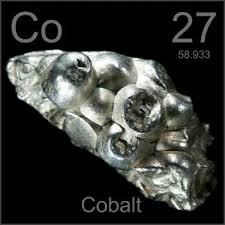
Related Product: Cobalt Sputtering Target
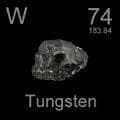
Related Product: Tungsten Sputtering Target
Cobalt Tungsten Sputtering Target Packaging
Our cobalt tungsten sputtering targets are carefully handled to prevent damage during storage and transportation and to preserve the quality of our products in their original condition.
Get Contact
TFM offers Cobalt Tungsten Sputtering Targets in various forms, purities, sizes, and prices. We specialize in high-purity thin film deposition materials with optimal density and minimal grain sizes, which are ideal for semiconductor, CVD, and PVD applications in display and optics. Contact Us for current pricing on sputtering targets and other deposition materials that are not listed.


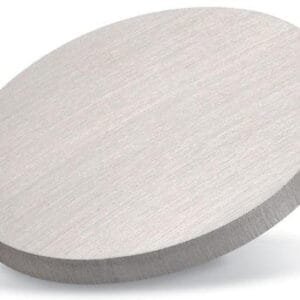
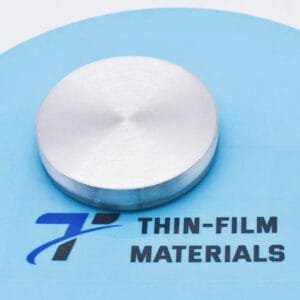
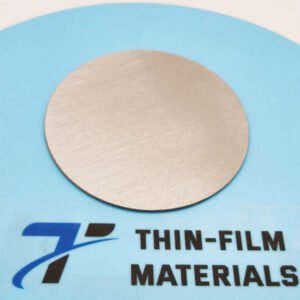
Reviews
There are no reviews yet.